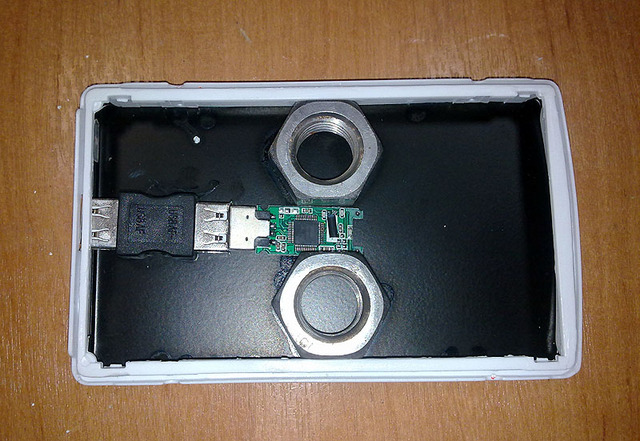Fooling drives into using media differently has gone on so many times in different formats... I used a bunch of S-VHS tapes notched so that a D-VHS VCR would use them as digital storage even though they wanted you to buy the more expensive "certified" tapes. Similar with Hi-8 videotapes in a digital tape backup system.
Oh that reminds me... Too many times a hard drive failed, and when IT went to restore from backup they found that the backup tape was bad.
Standard procedure seemed to be to leave the same tape in the backup drive and let it overwrite nightly. 2+ years later and the 730+ writes cycles had rendered that backup tape unreadable.
( Well it could read it, but with so many data errors that it was a waste of time to try to go back to business as usual. )
Losing years of "RCS/CVS history" doesn't make the developers very happy.
I have heard of that same scenario happen at different places I worked.
Oh that reminds me... Too many times a hard drive failed, and when IT went to restore from backup they found that the backup tape was bad.
Standard procedure seemed to be to leave the same tape in the backup drive and let it overwrite nightly. 2+ years later and the 730+ writes cycles had rendered that backup tape unreadable.
( Well it could read it, but with so many data errors that it was a waste of time to try to go back to business as usual. )
Losing years of "RCS/CVS history" doesn't make the developers very happy.
I have heard of that same scenario happen at different places I worked.
Last edited:



